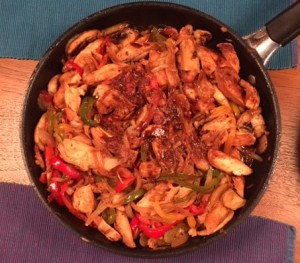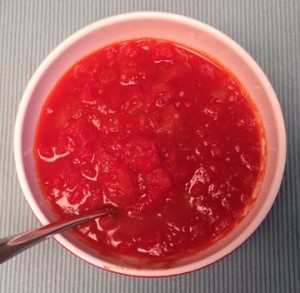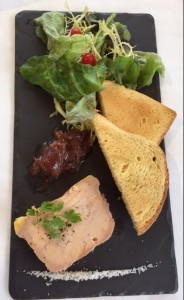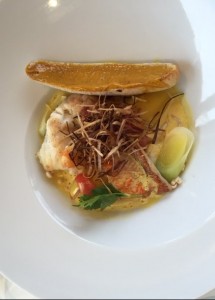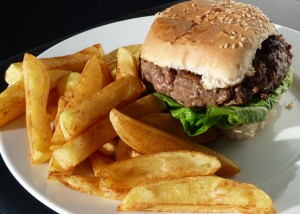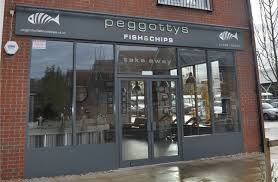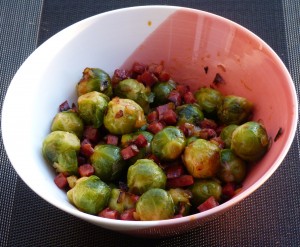Sunday 16 August 2015
Apologies for being off the air for so long – partly doing a lot if driving, and partly staying in a lovely part of France with a somewhat challenged internet signal.
But here I am! The lovely thing about driving in France, especially on the autoroutes (motorways to the Euro-sceptics) is the frequency of the Aires – those lovely little rest points every few miles (well, kilometres!). While every now and then there is one equipped with restaurants, etc., the in-between ones are lovely little stop-offs with parking areas, picnic tables and toilets. Just the job.
Funnily enough, it was only really when we crossed into Germany and wanted one that we realised that the Germans do not have them; that the Aires are graces exclusive to France.
But driving on German Autobahnen (still motorways to the Euro-sceptics) presents unique challenges. While French motorway driving is generally casual and relaxed as most people do not use the chargeable (Péage) sections, and traffic tends to be very thin, giving one plenty of time to assess situations and make decisions, in Germany, everyone uses the motorways and wants to remind the world that German speed limits are advisory not mandatory.
Cars appear suddenly in the rear view mirror and are on one’s tail in an instant, and not just the odd one – it’s as likely to be a pair of souped-up Golfs going nose to tail at 120 mph. This wreaks havoc with the usual planning of manoeuvres. Get in the wrong lane behind a lumbering truck or coach and one can be stuck there for ages as opportunities to pull out to overtake are blocked by a succession of boy-racers of all ages and both sexes.
But anyway, we arrived and here we are, schoolboy German dusted off and working. But what brings us here, you may ask? Today is the anniversary of the death of Elvis Presley in 1977. To celebrate this (i.e. his life , not his death) the city of Bad Näuheim , north of Frankfurt, holds an annual Elvis Festival. This is the city where Elvis stayed in a rented house with his entourage during his service with the US army (forget the publicity about Elvis just being one of the guys and bunking down with his comrades – good story but far from the truth!)
But this did not do anyone any harm and Bad Näuheim host this lovely 3 day Festival every August, spending a lot of money in the process. However, while the entertainment was spectacularly good, the most striking thing about the event was the cost of food and drink. If, like most right-minded people, you are appalled by the generally extortionate prices you are asked to pay for indifferent food at large-scale public events, this was like a breath of fresh air.
The event was hosted in a large luxury hotel which one might reasonably expect to be expensive in the first place. Add to that an event of this type and the cost of eating could be starvation-inducing expensive, but not so – a perfectly respectable and hugely substantial hamburger (what else at an Elvis event, but not as good of course as the one I made last week!), served by a white-clad chef with a proper, tall, chef’s hat, cost a mere €5 (or about £3.75 at the current exchange rate). If they can do it, why can’t others.
We paid about €50 each for a seat at a concert by a couple of Elvis Tribute Acts and it was absolutely money well-spent; the production (venue, band, sound-system, lighting, technicians etc.) was superb and incredibly professional – not always the case at such events. The performers were first rate and benefitted from the excellent production – good production can never make a bad artist good, but bad production can easily ruin a good singer’s performance, and when everything is right, the effect is brilliant.
So full marks (no pun intended!) to Bad Näuheim for spending their money wisely and well. Thank you.
